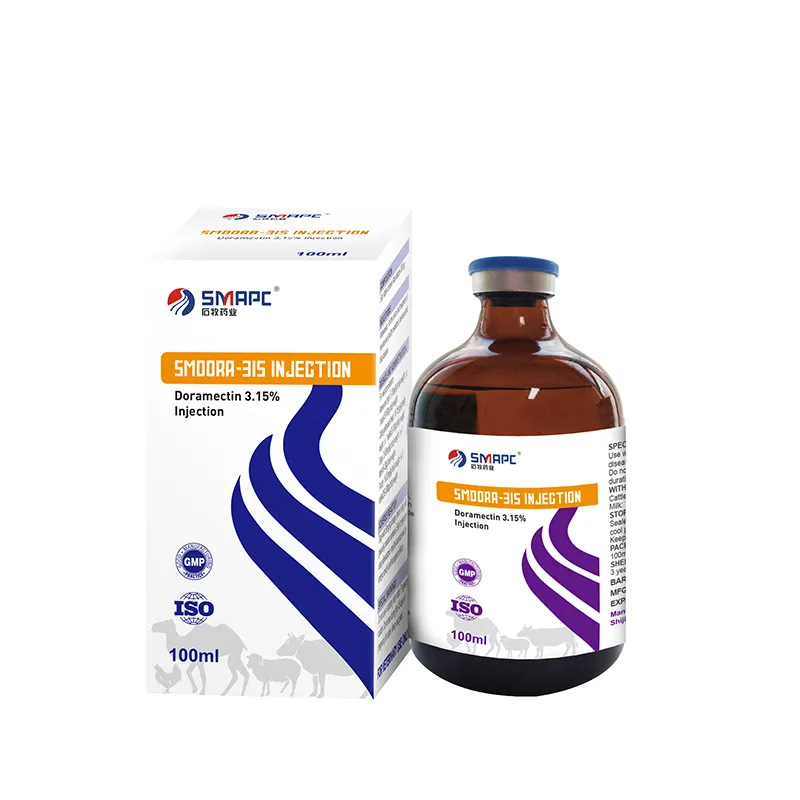Jul . 24, 2024 00:55 Back to list
Effective Treatments and Management Strategies for Lumpy Skin Disease in Cattle
Understanding and Treating Lumpy Skin Disease in Cattle
Lumpy Skin Disease (LSD) is a viral infection affecting cattle, sparking significant concerns for livestock farmers worldwide. Caused by the Capripoxvirus, LSD is characterized by nodular lesions on the skin, resulting in not only distress for the animals but also economic losses for farmers due to reduced productivity, impaired reproduction, and increased veterinary care costs. This article explores the nature of LSD, its symptoms, prevention strategies, and treatments, highlighting the role of medicines in managing the disease.
Symptoms of Lumpy Skin Disease
The clinical manifestation of Lumpy Skin Disease typically begins with fever, which may reach up to 41°C (105.8°F). Following the rise in body temperature, farmers may notice the development of firm, round nodules on the skin, which can vary in size from a few centimeters to several inches. These nodules can appear across various parts of the body, including the head, neck, and limbs, creating discomfort and pain for the affected animal. Other symptoms may include excessive salivation, nasal discharge, and decreased appetite, leading to weight loss and reduced milk production.
A critical aspect of managing LSD is its ability to spread rapidly within herds. The disease is primarily transmitted through aerosols, biting insects (especially mosquitoes and flies), and direct contact with infected animals. Therefore, early detection and immediate response are crucial in preventing outbreaks.
Preventative Measures
Vaccination stands at the forefront of preventing Lumpy Skin Disease. Several effective vaccines are available, having shown promise in protecting cattle from the disease. Vaccination should ideally be administered in regions prone to LSD outbreaks, and it is essential to follow a strict vaccination schedule to ensure herd immunity.
medicine for cow lumpy skin disease

In addition to vaccination, biosecurity measures play an indispensable role. Farmers should implement strategies such as controlling insect populations, reducing animal contact, and managing the movement of cattle to limit the chance of disease transmission. Regular monitoring of herds for symptoms of LSD is also crucial, enabling rapid identification and response to any suspected cases.
Medical Treatment for Infected Cattle
Once Lumpy Skin Disease is diagnosed in a herd, treatment typically focuses on symptomatic relief and supportive care rather than antiviral medications, as there are no specific treatments targeting the virus itself. Medications can include anti-inflammatory drugs to reduce fever and pain, as well as antibiotics to prevent secondary bacterial infections that may arise from the lesions.
In severe cases, veterinary professionals may recommend additional treatments to manage complications, such as fluid therapy for dehydrated animals or nutritional support to ensure affected cattle receive adequate energy and nutrients during the recovery phase.
Isolation of infected animals is vital to preventing further spread of the disease; quarantining affected individuals helps safeguard the rest of the herd. Farmers are advised to work closely with veterinarians to develop and implement treatment protocols tailored to their specific herd circumstances.
Conclusion
Lumpy Skin Disease poses a significant threat to cattle health and agricultural productivity. Understanding the disease's symptoms, transmission routes, and the importance of vaccination can effectively protect herds from outbreaks. While current treatments focus largely on symptomatic relief, proactive management and veterinary guidance remain essential in mitigating this disease's impact. By prioritizing preventive measures and maintaining robust health protocols, farmers can safeguard their livestock against LSD and contribute to a thriving agricultural industry.
-
Vital Solutions for Healthy and Productive SwineNewsJul.08,2025
-
Veterinary Powder Is VitalNewsJul.08,2025
-
Understanding Prescription Drugs for AnimalsNewsJul.08,2025
-
Understanding Poultry MedicineNewsJul.08,2025
-
The First Line of Defense in Animal HealthNewsJul.08,2025
-
Role of Veterinary Drug in Modern Animal HealthcareNewsJul.08,2025
Products categories







